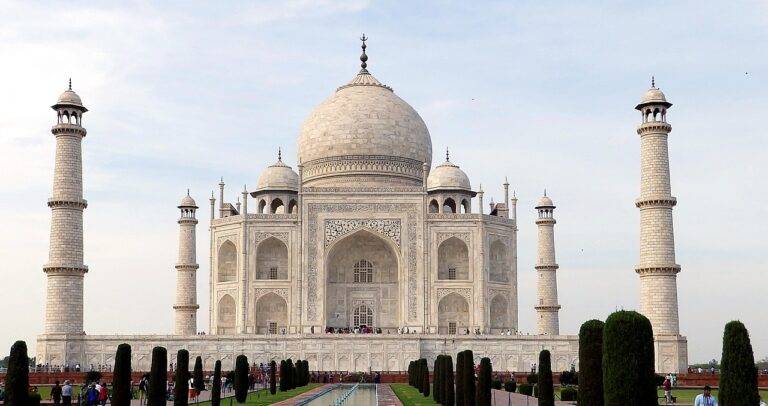Exploring the Influence of Foreign Aid Policies on Election Outcomes
Foreign aid policies have evolved significantly over the years, reflecting changes in global economic and political landscapes. At the end of World War II, the United States initiated the Marshall Plan to help European countries rebuild their economies. This marked the beginning of a new era in foreign aid, emphasizing not just humanitarian assistance, but also strategic diplomatic objectives.
During the Cold War, foreign aid became a tool used by both the United States and Soviet Union to gain influence in developing countries. This era saw a proliferation of aid programs aimed at strengthening political alliances and countering the spread of communism. However, as the world entered the post-Cold War era, foreign aid policies began to focus more on poverty alleviation, sustainable development, and human rights considerations.
The Impact of Foreign Aid on Developing Countries
Foreign aid has long been a topic of debate when discussing its impact on developing countries. On one hand, proponents argue that foreign aid can bolster economic growth, improve infrastructure, and boost education and healthcare services in recipient countries. These injections of financial support are seen as crucial for addressing poverty and inequality in developing nations.
Conversely, critics point to potential negative consequences of foreign aid, such as fostering dependency, fueling corruption, and distorting local markets. Some argue that foreign aid can undermine local industries by flooding markets with cheaper imported goods, thus stifling domestic production and hindering long-term economic development. These concerns highlight the complexity of the impact that foreign aid can have on developing countries, prompting calls for more strategic and sustainable approaches to aid allocation and implementation.
Political Parties and Foreign Aid
Foreign aid has long been a contentious issue for political parties around the globe. Parties often differ in their approaches and priorities when it comes to allocating foreign aid budgets. Some parties advocate for a more generous stance, believing in the moral obligation to assist developing countries, while others prioritize domestic needs and argue for stricter conditions on aid allocation.
The relationship between political parties and foreign aid is complex and multifaceted. Party ideologies, electoral strategies, and public opinion all play a role in shaping a party’s stance on foreign aid. For some parties, foreign aid is viewed as a tool for promoting geopolitical interests, while for others, it is seen as a way to foster global development and reduce poverty.





